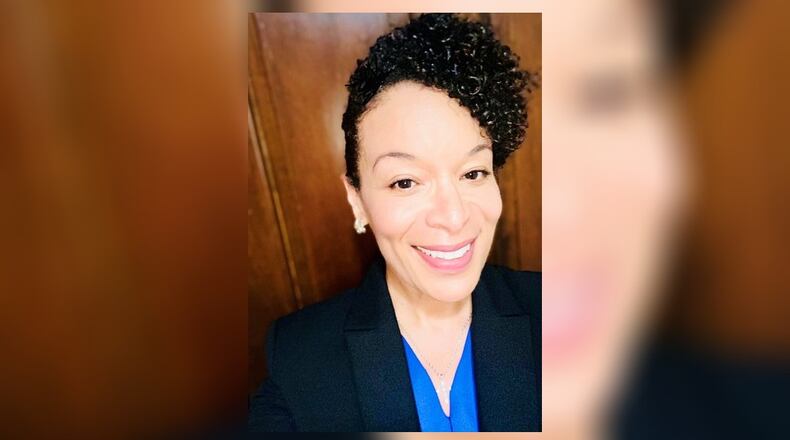When the Fall semester at last rolled around, I could not sleep. I was excited and anxious about returning to school, reminded of how much I love teaching. My students are typically engaged and eager to take in all the new knowledge their brains can receive! At this stage, they still seem to have an authentic respect and love for their teachers and enjoy fostering relationships with peers.
However, the fallout from being isolated at home for so many months was soon apparent. Many students were withdrawn, their eyes glazed over; emotional breakdowns would occur with a frequency unknown before, accompanied by gut-wrenching cries, retreats under tables, attempts to run out of classrooms, and major challenges with self-regulation. Some would seem listless while others were affected by separation anxiety from parents or family members. While much of what we were observing was new to us, the phenomenon was nationwide: it represented the residual emotional impacts on children of spending an endless, anxiety-filled shutdown with very limited contact with peers, daily structure, or predictability of routines. The notion of teaching as we knew it began to shift yet again, as many students were in no way prepared socially, emotionally, or even academically, to pick up where we left off pre-pandemic.
Nonetheless, what we would do next had already been anticipated by my district. During the pandemic, my district had put into place a full guidance document, patterned on Ohio’s K-12 social and emotional learning standards, which centered on climate, culture, and positive behavior skills. The document included supplemental book lists and learning activities, which assisted students in learning self-regulation, resolution of conflict, communication skills, and increased empathy and flexibility. In essence, these mini-lessons were teaching the skills of being together again, with every classroom focusing on one skill each week. Students viewed short video clips, and teachers would facilitate discussions based on skill-themed-related scenarios. While reading stories, we would pause to discuss the words and thoughts of various characters. Students were encouraged to share how they would handle the situation that the storybook character was experiencing.
As the year progressed, students began to center themselves internally. I observed slow but steady transformation in students who had struggled fairly significantly with anxiety and self-regulation. In many cases, without my prompting, they utilized the skills they were learning.
The pandemic showed in part the importance of structure to children. Fundamentally, children benefit immensely from having consistent routines. As a parent myself, I find it essential for my daughter to know her routine and be responsible enough to execute the routine (after school eat a snack, dance class, choir practice, dinner, complete homework, take a shower, lay out clothes for tomorrow, prepare for bedtime). Routines provide a sense of security because children can anticipate what will happen next. Moreover, routines help everyone, including parents, adjust during difficult times.
Dr. Geneá G. White is a veteran educator who currently works for Northridge Local Schools and is a dedicated member of the National Association for the Education of Young Children.
About the Author
